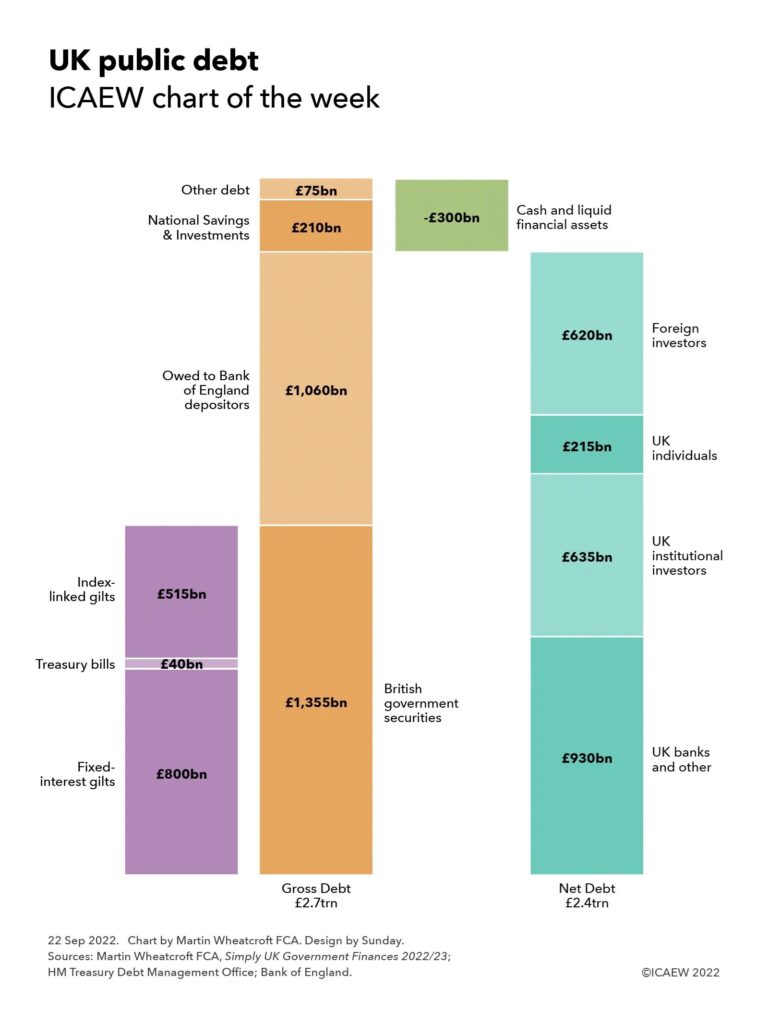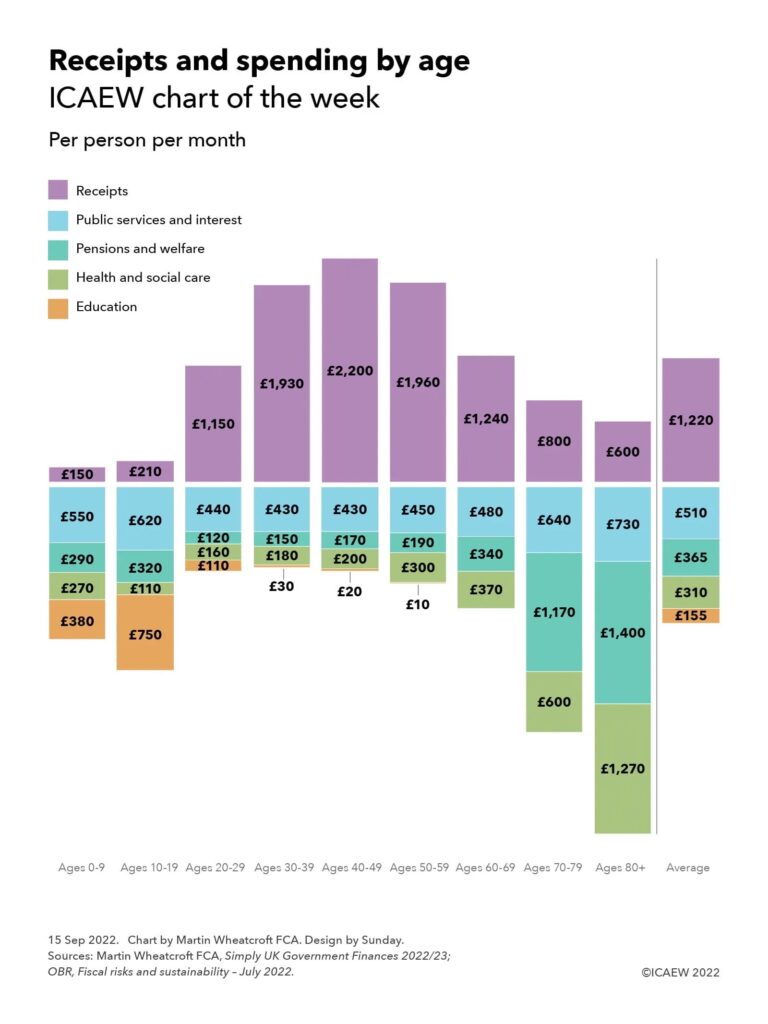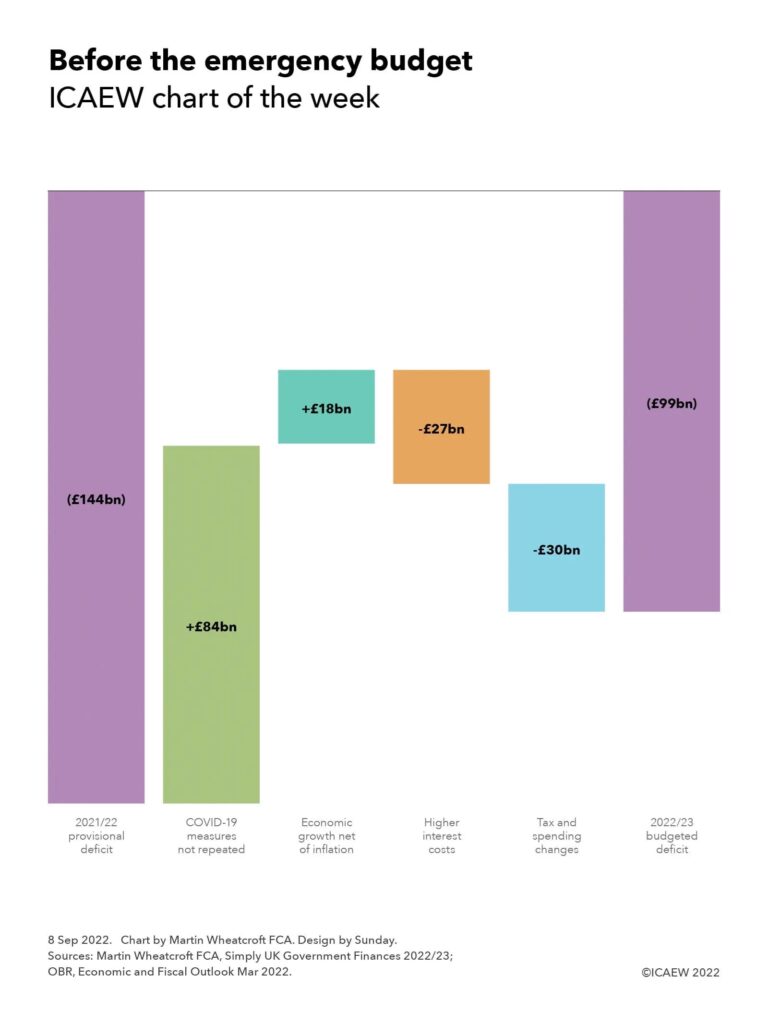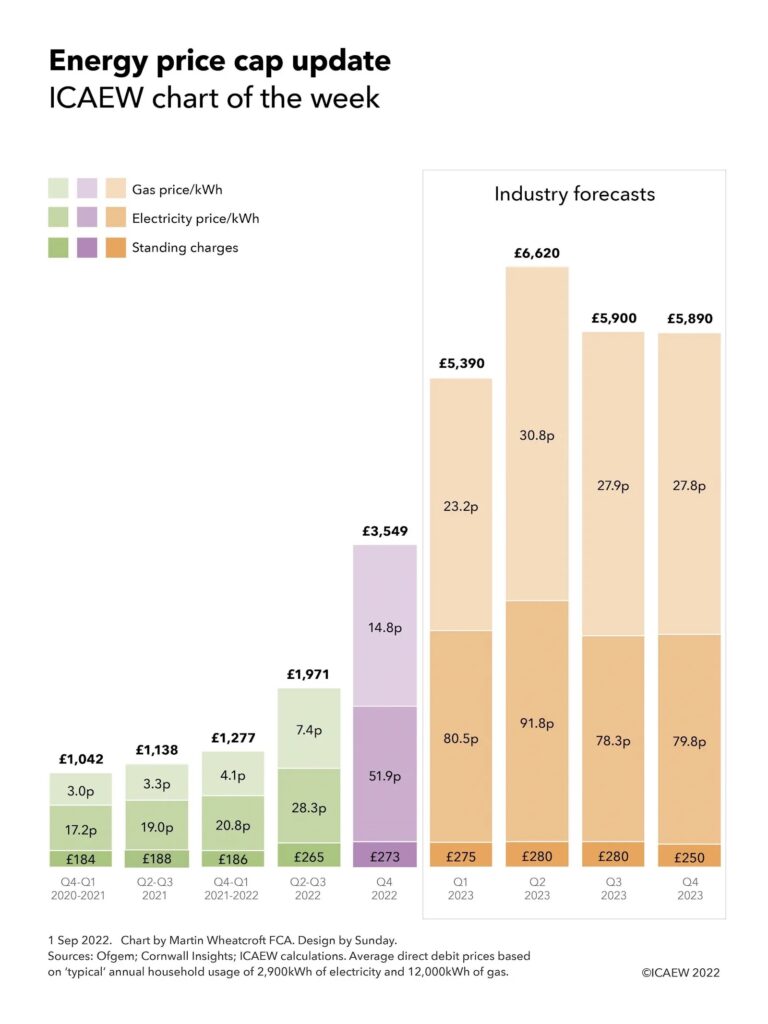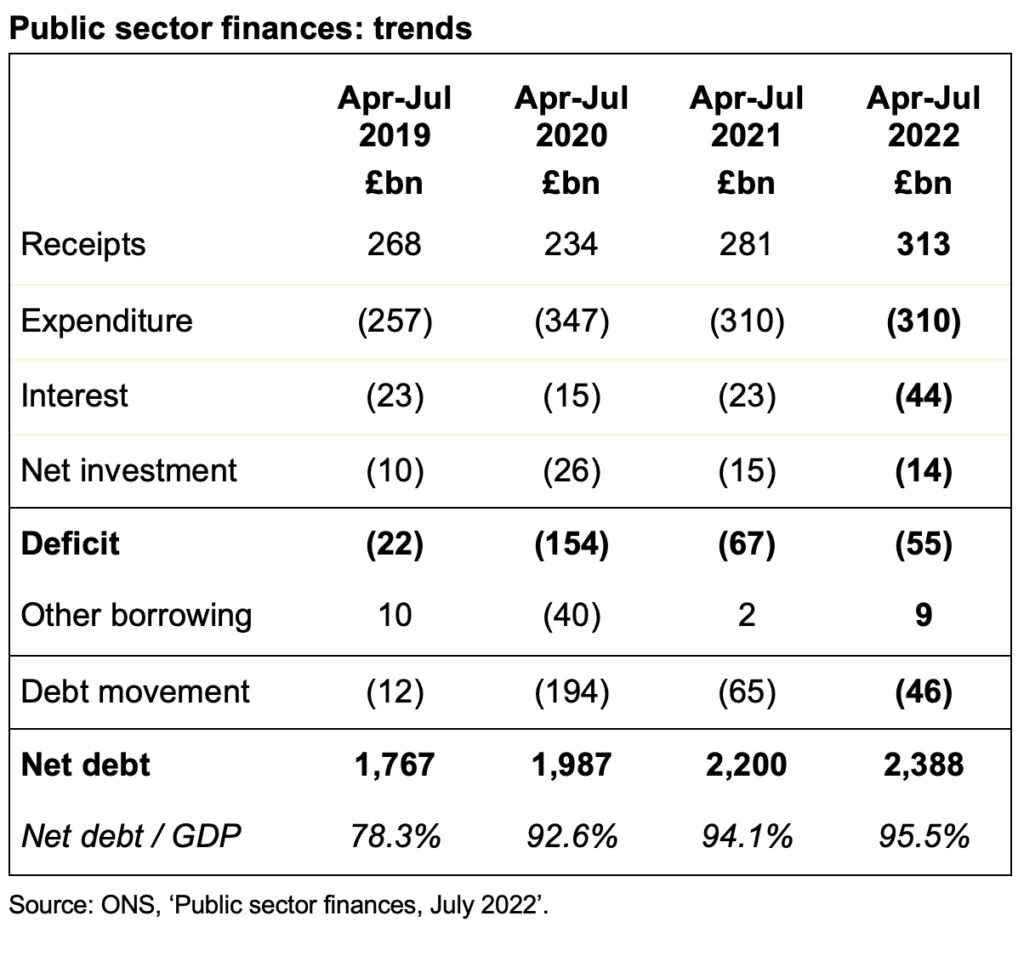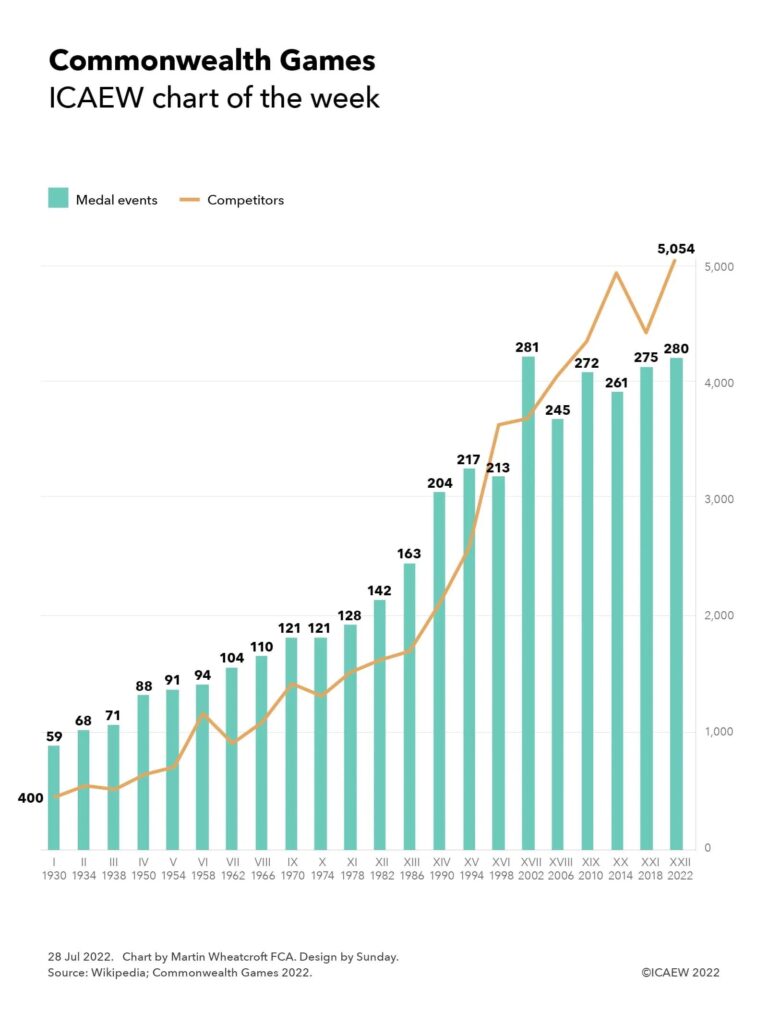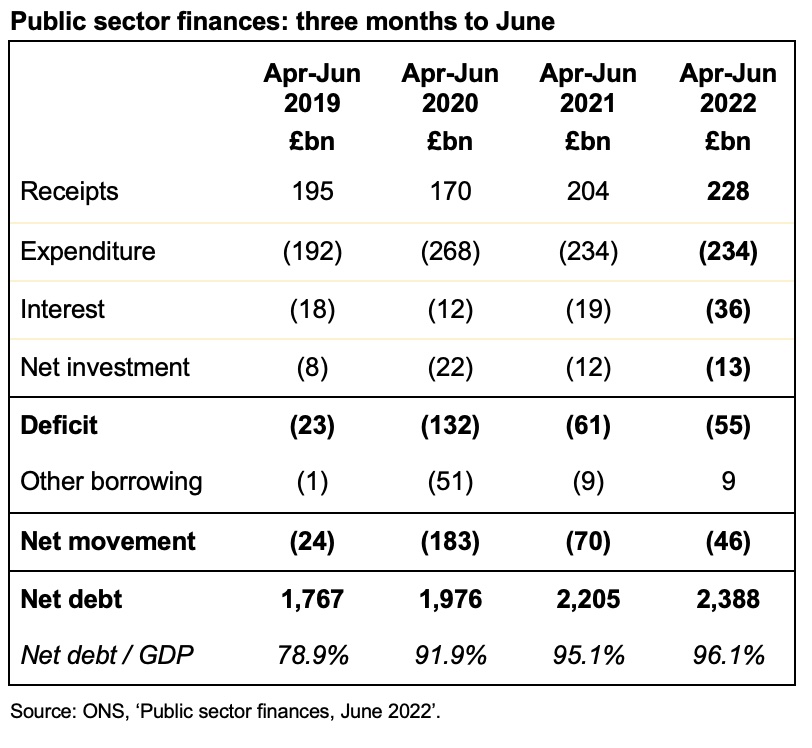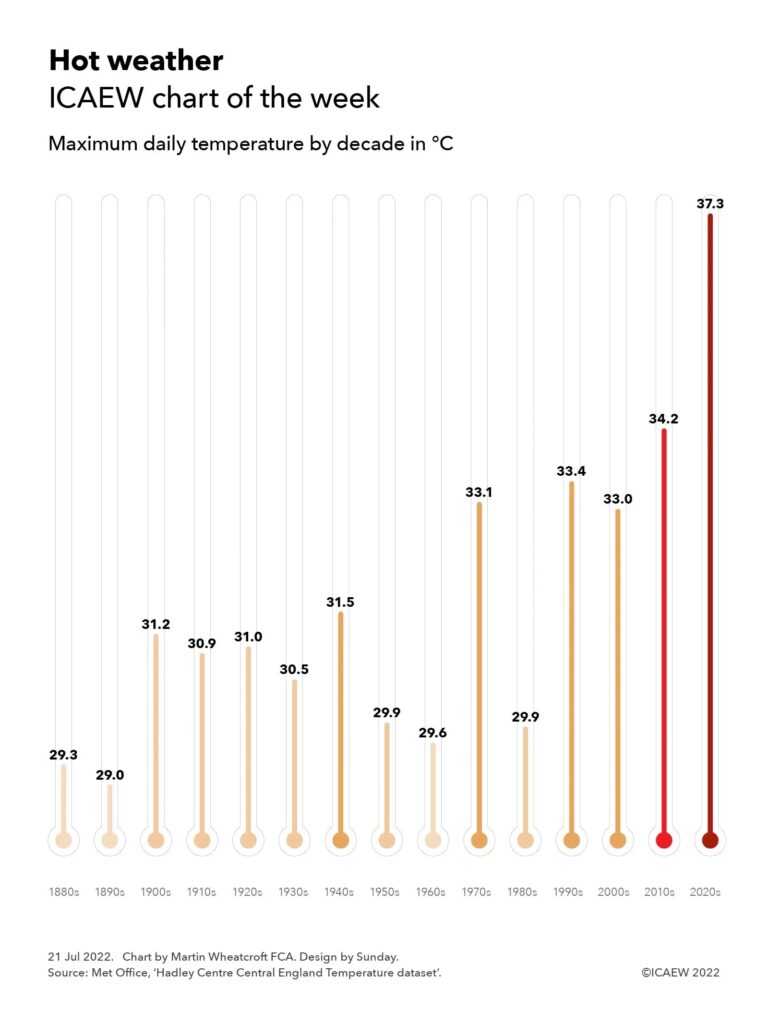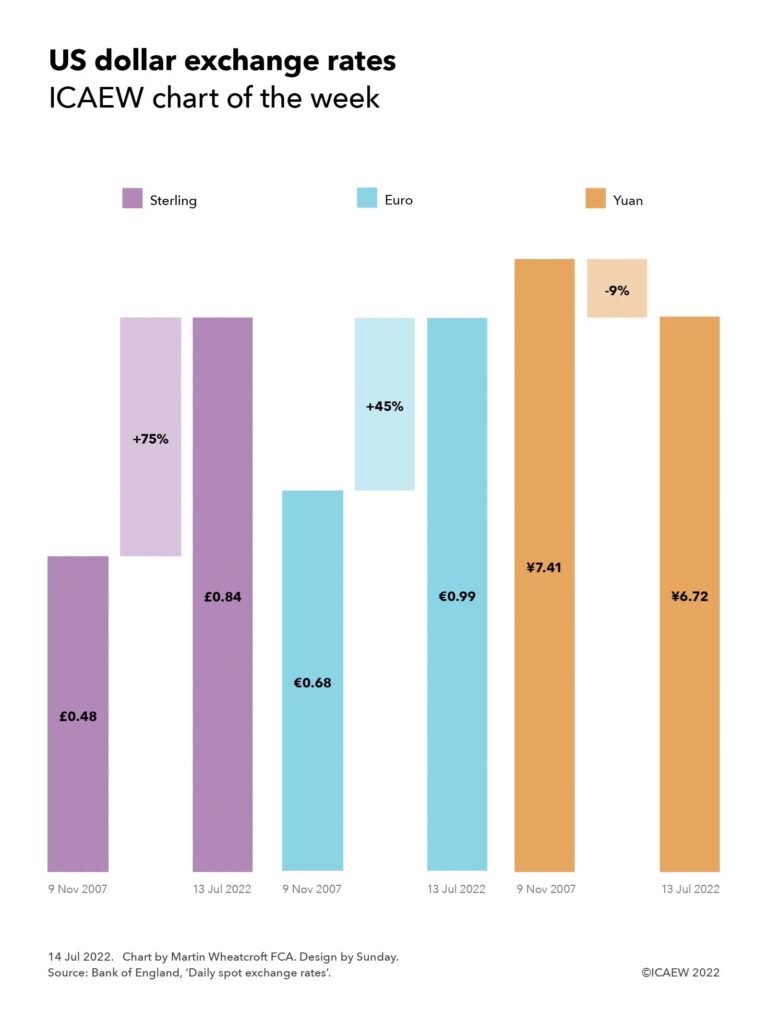Governance failures are all too common in local government, but what can you do to make sure they don’t happen on your watch? Alison Ring, director of public sector and taxation at ICAEW, explains why good governance must be ‘lived and breathed’.
Recent headlines have highlighted the importance of good governance in ensuring the financial and reputational health of local authorities.
At one council, there were “serious failings in governance” arising from a control failure involving the signing of blank cheques, leading to a loss of £238,0000. Meanwhile, at one city council, inspectors questioned the composition of its boards stating: “Where it continues to use councillors on the boards of its subsidiary companies, it should ensure that the non-executives (including councillors) on the relevant board have, in aggregate, the required knowledge and experience to challenge management.”
An inspection report at another city council discovered “serious failings … in both governance and practice” and criticised the “corporate blindness that failed to pick this up and remedy the position”.
Seven principles of good governance
Failures such as these have led to reminders from CIPFA and others about the importance of ensuring that a local code of governance is in place. As recommended by the 2016 Governance Framework, your code should set out how the authority’s arrangements work towards meeting the seven principles of good governance set out in the framework.
Unfortunately, as CIPFA has commented, “… many authorities do not have a local code and instead rely on their annual governance statement to describe their governance arrangements. Some local codes that CIPFA has seen are not fit for purpose”.
Governance failures are all too common, so what can you do to make sure they don’t happen on your watch?
Putting a code in place is only the start. After all, some of the most egregious governance failures in recent times have occurred in local authorities with a local code that was full of structures, processes and procedures designed to ensure that risks were being managed, and public money protected.
Designing a delegated authority framework, financial controls to prevent fraud or error, or setting up an audit committee to scrutinise your finances are only the table stakes. In practice, governance only works if you live and breathe it every day.
Putting a code in place is only the start. Some of the most egregious governance failures have occurred in authorities with a local code full of structures, processes and procedures designed to ensure that risks were managed and public money protected.
Structures and processes are there for a reason
There are many different ways to describe effective governance, but one of my favourites is from a colleague, who says that good governance is about ensuring the right people are in the right place at the right time, with the right information, asking the right questions to make the best possible decisions. This is a good rule of thumb to use in thinking about whether governance arrangements are working and how they can be improved.
Right people: do the people making the decisions have the right subject matter and financial expertise? Is there a diversity of perspectives to prevent group think? Are they able and confident enough to ask the right questions? Do you have a suitable number of people for the big decisions?
For example, are there independent lay members on your audit committee with external perspectives, financial expertise and the willingness to ask questions? Do you have a diversity of team members and perspectives in your executive team meetings? Are you inviting the most appropriate members of staff to present proposals? Have you received input from the team on the ground?
Right place: the meeting room (actual or virtual) is important because it can make a real difference to how decisions are made. The foundations should be in place to ensure meetings are productive and that information flows work well and support doing the right thing.
Right time: you need to make sure discussions to formulate, refine, recommend or approve decisions are held at the best point in time. Too late in the decision-making process, and there will be a reluctance to turn down sub-optimal proposals because of the time and effort already incurred. Too early, and proposals may not be fully developed and risks not properly assessed, letting though impractical ideas or resulting in you having to come back to the same decision again and again.
You also need to make sure there is sufficient time to properly consider a proposal, both in the time available in meetings to discuss it, but also in the time provided to decision-proposers and decision-makers to evaluate and respond. Deadlines should be set so people have sufficient time to think.
Just as importantly, time needs to be valued. Are you using people’s time effectively, making sure that decisions are being made or approved at the right level so that they have enough time for the most important decisions? Use the 80:20 rule to focus on the 20% of decisions with the most impact, and minimise the time spent on the 80% that are not so critical.
You need to foster a culture where it is acceptable to ask questions, sometimes even the stupid ones. You may not have thought of the right question to ask, but someone else may have if only they felt confident enough to ask it.
Quality of information
Right information: good governance lives or dies by the quality of information that forms the basis on which decisions are made. This is where finance has the biggest role to play, not only because you are often the gatekeeper through which key financial and strategic decisions are made, but also in your role in supporting operational decisions at all levels throughout the organisation.
Information must be of high quality and transparent. It should set out the downsides as well as the upsides, and – most importantly – must be understandable and focused. Too often we see budgets supported by extensive commentary on operational level detail best left to line management to decide, while providing scant explanation of the benefits and risks of multimillion pound capital programmes.
Right questions: asking the right questions is the most important element of any governance framework. Do decision-makers really understand what is going on? What is important to know? Who should I be talking with to get the answers? If you don’t ask the right questions, you are not going to get the right answers, or you might be satisfied with superficial information that doesn’t tell you what you really need to know. Ask questions that establish the facts, enable you to challenge and scrutinise, identify risks, prompt a thorough discussion and aid decision making.
Most importantly, you need to foster a culture where it is acceptable to ask questions, sometimes even the stupid ones. You may not have thought of the right question to ask, but someone else may have if only they felt confident enough to ask it.
Reappraising decisions
Making the best decisions involves rigorously evaluating what has been done before so that you can do better in the future. Are you continually appraising previous decisions, not only to learn from mistakes but also to learn from successes? Are you getting the right answers from the process that is your system of governance?
This is where the quality of oversight comes into its own. Are your formal structures playing their full role in challenging management to be the best you can be, both at the top level (for example, audit, finance and scrutiny), but also down through the organisation?
Is your finance committee challenging you about the accuracy of financial forecasts and projections? Is your audit committee asking what is being done to reduce errors in financial processes? Are your external auditors reporting to you and the audit committee on the quality of year-end working papers and providing feedback on required improvements?
Independent audit committee members with technical expertise can help by challenging decisions, acting as a critical friend to the council leader, their cabinet and the management team, and can provide financial education for councillors.
Your internal audit team can really help with evaluation, not only in their formal role examining the effectiveness of processes each year, but also by being a critical friend within the organisation as they kick the tyres across a whole range of different assignments.
Continuous improvement is key, as processes are never perfect. Are you actively seeking to improve the quality of decision-making? If key meetings are rushed, curtailing the opportunity for proper discussion of the merits of important decisions, can they be extended, or less important items moved to a different forum or dealt with much better by those close to the coal face? Are your budget documents up to scratch, providing the information management that cabinet and councillors need to make the best choices?
Good governance must be lived and breathed
Making sure you have a code of governance in place is important, but it is not enough on its own.
You and your colleagues need to live and breathe governance for it to be effective. Otherwise, your code will be just another document gathering electronic dust in the far reaches of your website. Enough to tick a box to say you have one, but not nearly enough to help you steer clear of avoidable disasters.
Martin Wheatcroft contributed to the writing of this article at the request of ICAEW. It was originally published in Room 151.
